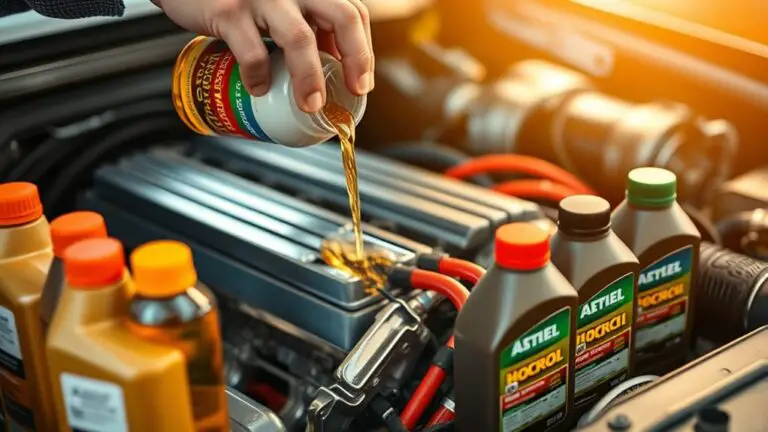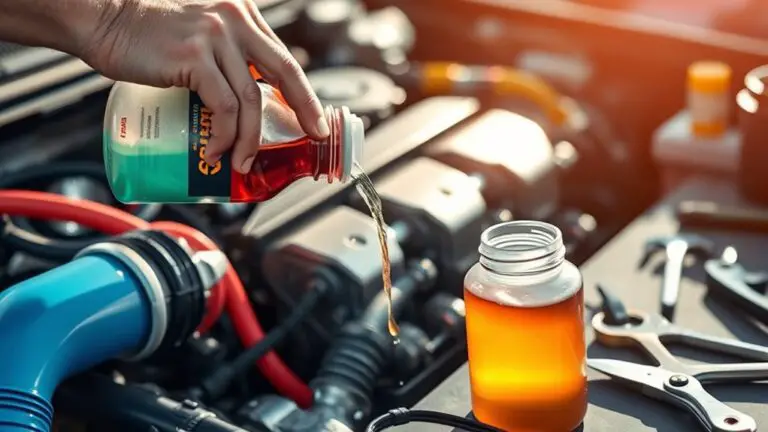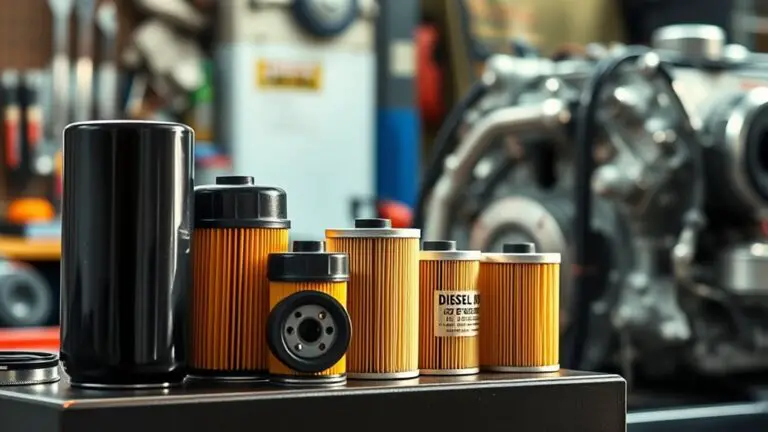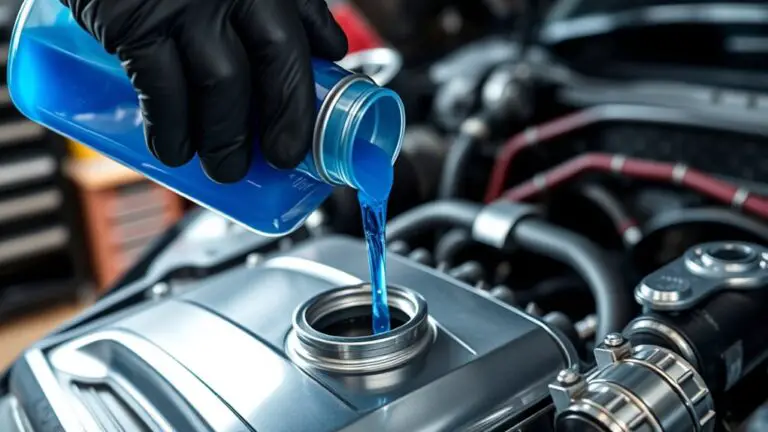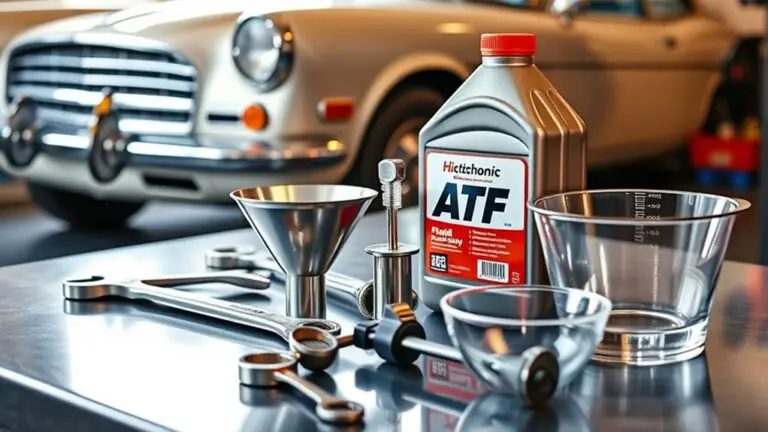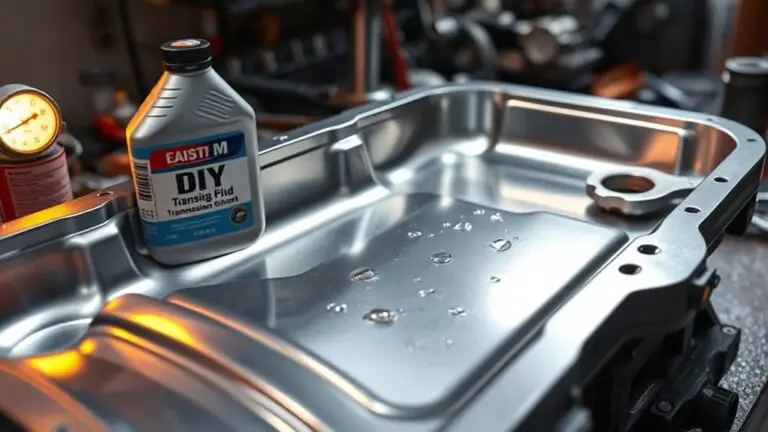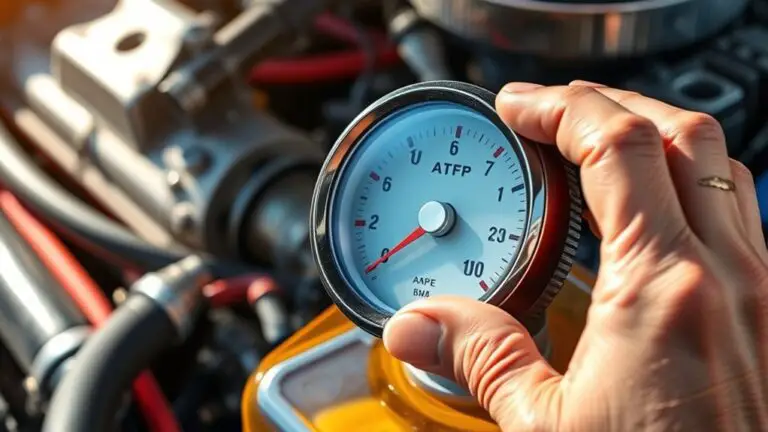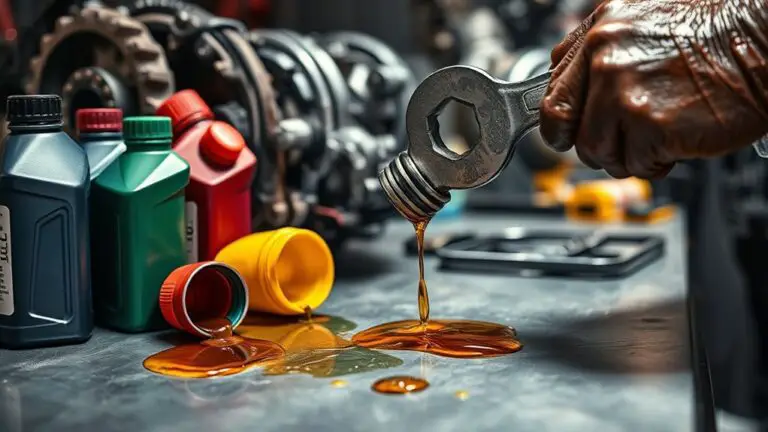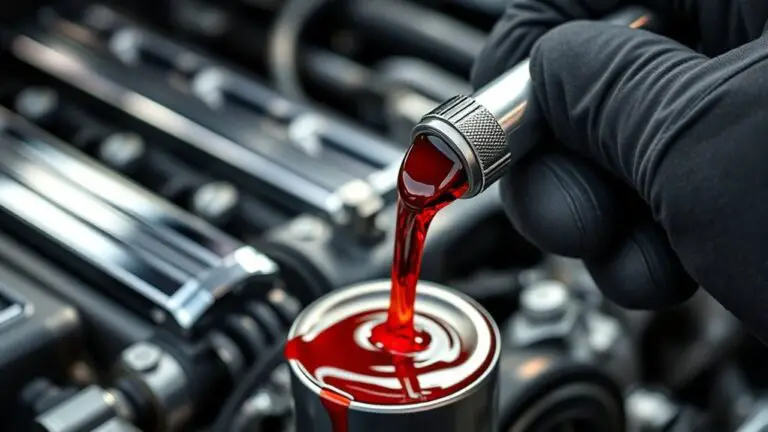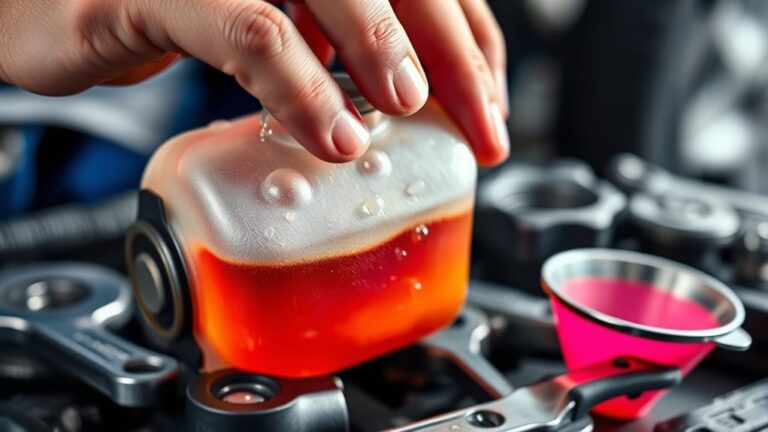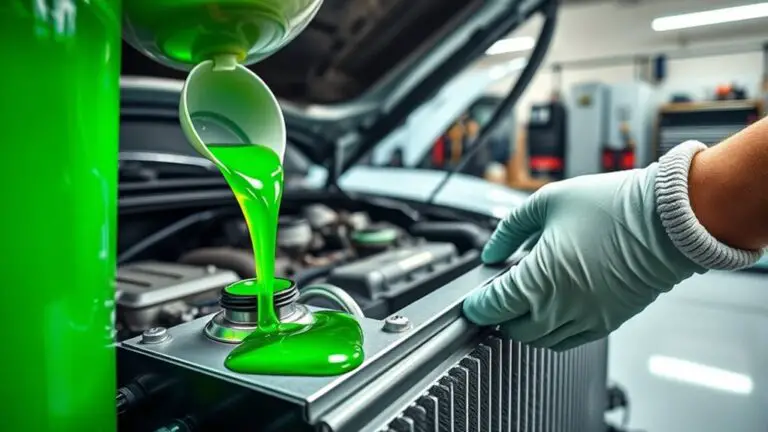Top Mistakes When Servicing Oil Additive and How to Avoid Them
Top mistakes when servicing oil additives stem from poor compatibility, contamination, and dosing lapses. You should start with a compatibility check for all components and the engine, then test under realistic temps, pressures, and shear. Maintain clean handling, validated filtration, and strict storage. Use target, verifiable dosing with calibrated tools, document every step, and watch…

